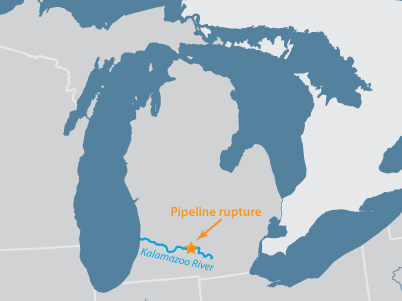Water Justice and the Grand Cal
Not far from Chicago’s South Side Altgeld Gardens, where Hazel and Cheryl Johnson helped birth and nurture the critical work of environmental justice, meanders the Grand Calumet River.
The two branches of the Grand Cal come together to flow out through the Indiana Harbor Canal into Lake Michigan. These waterways are home for some of the heaviest industrial legacy pollutants in the country. Neighborhoods that line the river experience some of the toughest blight of any urban area. Some 90 percent of the river’s flow comes from municipal and industrial effluent, cooling and process water, and stormwater overflows.




